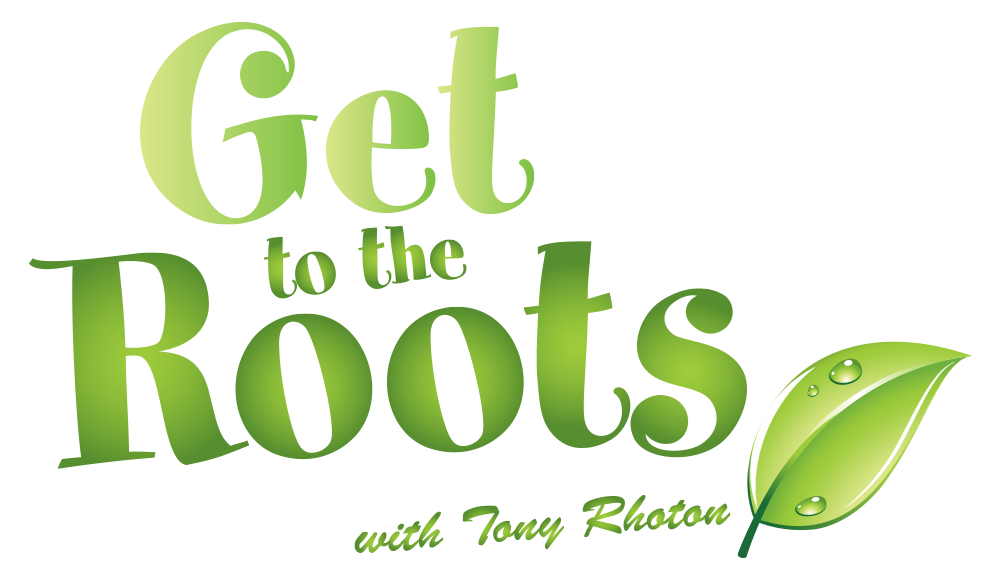
Growing Egyptian Walking Onions also known by several names, including top-set onions and tree onions.
What Are Egyptian Walking Onions?
 Egyptian Walking Onions are perennial onions that produce a bulb underground, as well as bulbets above ground on a stem; they take longer to start than annual onions, but once established, they are much easier to grow and harvest.
Egyptian Walking Onions are perennial onions that produce a bulb underground, as well as bulbets above ground on a stem; they take longer to start than annual onions, but once established, they are much easier to grow and harvest.
Egyptian walking onions produce a lot of greens and young bulbs. The bulb size are quite similar to green onions.
They are called walking onions because bulbets grow above ground, attached to the main stalk by a stem called an umbel, which looks like a fictitious plant out of a fairytale book.
As the stem grows straight up bulbets form on top of the stem, as the bulbets get heavier the stem curves down until it touches the ground and the bulbets set new roots; hence they are walking from their original location.
The best part about Egyptian Walking Onions is every part of the plant is edible.
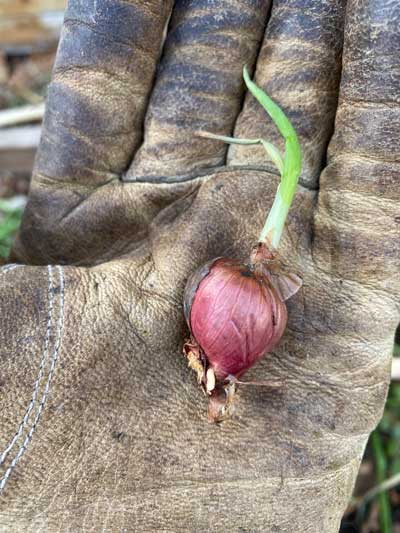
7 Tips How to Plant Egyptian Walking Onions
Onion plants grow perennially, and you should plant them every year. You can start your plants from the tops of the bulbs, or from the bottom.
Tip 1: Planting Time
Egyptian Walking Onions are hardier than other onions. They start growing green tops in late fall or winter. They can tolerate cold weather, frost and snow.
Growing Egyptian Walking Onions are best for USDA planting zones 3 – 9, occasionally grown in zone 10 as well.
Tip 2: Onion Requirements
Egyptian Walking Onions are hardier than other onions. They start growing green tops in late fall or winter. They can tolerate cold weather, frost and snow.
Growing Egyptian Walking Onions are best for USDA planting zones 3 – 9, occasionally grown in zone 10 as well.
Tip 3: Sunlight Needs
Egyptian walking onions prefer full sun but can tolerate partial shade. They will not be as productive if planted in full shade.
Tip 4: Soil Requirements
These plants are strong-growing vegetables, but they need rich soil. You should avoid planting them in poor soil or areas with lots of weeds. These onions are slow growing but still produce bulbs every year. They need good soil drainage. Compost helps them grow well.
For the healthiest and most productive plants walking onions love organic matter and a soil pH that oscillates around 6.5.
That being said, these plants are also relatively tolerant of less than perfect soils. I’ve had people plant in a heavy clay area, overrun with weeds, on a slope. These plants were slower growing but still produced.
Make sure to have good soil drainage.
Tip 5: Planting
When growing bulbs, you need to make sure that you water them well. Bulbs should be treated as perennials because they produce more than once per year. Planting bulbs in the ground is easier than planting them in pots.
You can plant the bulbets that are produced on top as annuals to harvest for the greens during the summer and the bulb in fall. Yields are better when plants are grown as perennials.
Tip 6: Expectation
Onions need to grow in soil that is rich in nutrients. They also need plenty of sun exposure. You can plant onions in fall or early spring. Some people wait until summer time to plant them because they think it takes longer for them to mature.
In the first year of planting, you might not get any top set bulbs. By the end of the second year, you might start seeing some top set bulbs. Sometimes, you’ll even see top sets growing from other top sets.
You should dig up and harvest the bulbs around the outer edge of the garden. This will allow you to grow more bulbs without overcrowding your garden.
Tip 7: Spacing
These plants are easy to grow and harvest.
You should plant them in rows or patches, and leave an inch between each row. Keep your access paths wide enough for the plants to walk around.
Plant seeds near prevailing winds.There is some controversy over how deep to plant the bulbs since the top sets are designed for planting themselves.
You should plant the top sets about an inch deep to encourage faster growth.
If you’re willing to wait a while, you can also just place the tops on the ground and cover with compost.
A few showers of rain and plenty of time will cause the roots to grow down into the soil. The underground multiplier type bulb does well if started closer to the surface.
Growers plant bulbs in as deep as three inches.
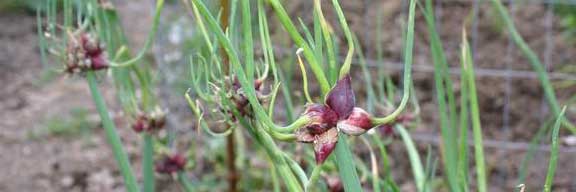
How to Care for Egyptian Walking Onions
Growing Egyptian Walking Onions is easy and they grow quickly and produce a large amount of food. These onions do not need much care to grow well and are simple to grow. All you need is a few basics.
Water Requirements
One inch of water on your onions weekly when rain is sparse; however, they can handle less if needs be but they may go into a dormant state and come back in the fall.
Fertilizing
Onions need fertilizer to grow well. Compost helps them grow better by adding organic matter and nutrients.
You can also use composted manure to help fertilize your onions.
Organic matter should be added to the bed every year or two, I add three to four inches of shredded leaves every fall.
Crop Rotation
I’ve never rotated my crops in over 20+ years so I’ve never had a problem with root rot, pests or any other pathogen problems.
When growing annual onions, rotating row rotation is a good practice to avoid pest and pathogen problems, but it’s not easy with perennials.
However, if you’ve got a problem with root rot, move your patch every three years.

Common Problems with Growing Egyptian Walking Onions
Egyptian walking onions are very easy to grow, but if you want them to survive, you need to water them regularly. You should also fertilize your garden often with shredded leaves.
There are some problems that could arise, which I’ve listed below.
1. Onion Thrips
Thrips are very small insect pests that feed on onions. They can cause severe damage if left unchecked. Their bites leave white marks on the leaves. Thrips are most common during hot weather when the air is dry.
Solution: Neem oil is an effective pesticide if used regularly. Planting onions in small patches around other vegetables helps prevent infestation. Avoid planting them next to brassicas because they also attract onion thrips.
I’ve never had problems with thrips. I make sure to keep my soil healthy with adding shredded leaves every fall and I plant a diversity of plants. I also plant my onions next to garlic so this may be one reason I’ve been able to avoid thrips.
I encourage you to always walk your garden and if you’re noticing whitish spots or streaks on leaves, you may have thrips. No don’t freak out, become a study and watch, are they spreading, are they killing your plants?
If they seem to be killing your plants then result to Neem oil; however, I try to avoid using any chemical, even if it’s deemed organic.
Thrips generally don’t damage walking mature walking onions so keep your garden healthy, add shredded leaves every fall 🙂
2. Fungal Diseases
Egyptian Walking Onions are susceptible to fungal diseases like black spot and powdery mildew. Go here to view all of the different treatments and fungal diseases that could affect onions.
Solution: Fungal diseases are common in the soil. Luckily, they often cause plants harm only when the plant is sick.
Plants should get plenty of air circulation. They should be planted in well draining soil. And, we need to water the soil, not the plants.
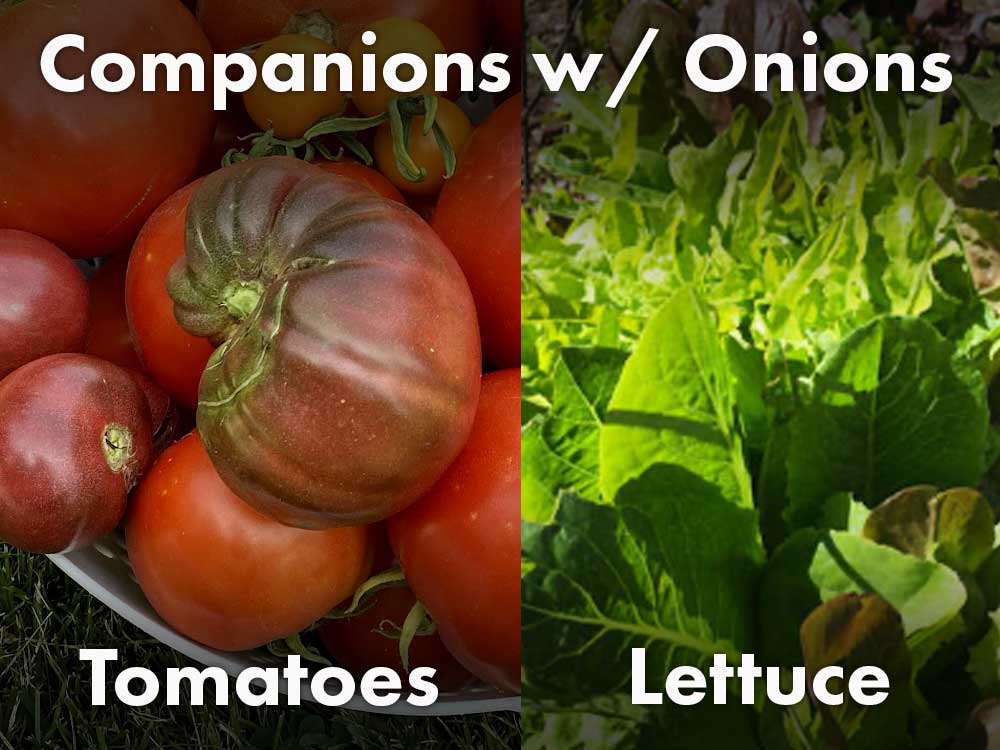
Companion Plants
Egyptian Walking Onions are very useful plants. I use them throughout my garden because they deter pests from eating other crops and help protect them from insects and disease.
You should plant them near your vegetable garden or fruit trees. I use garlic and onions as a natural pest control.
If you have a walnut tree, lucky you, Egyptian walking onions are a great source of nutrition for walnuts.
Here are some other companion plants:
- Cabbage.
- Summer savory.
- Carrots.
- Leeks.
- Beets.
- Lettuce.
- Strawberries.
- Tomatoes.
- Swiss chard
- Marigolds.
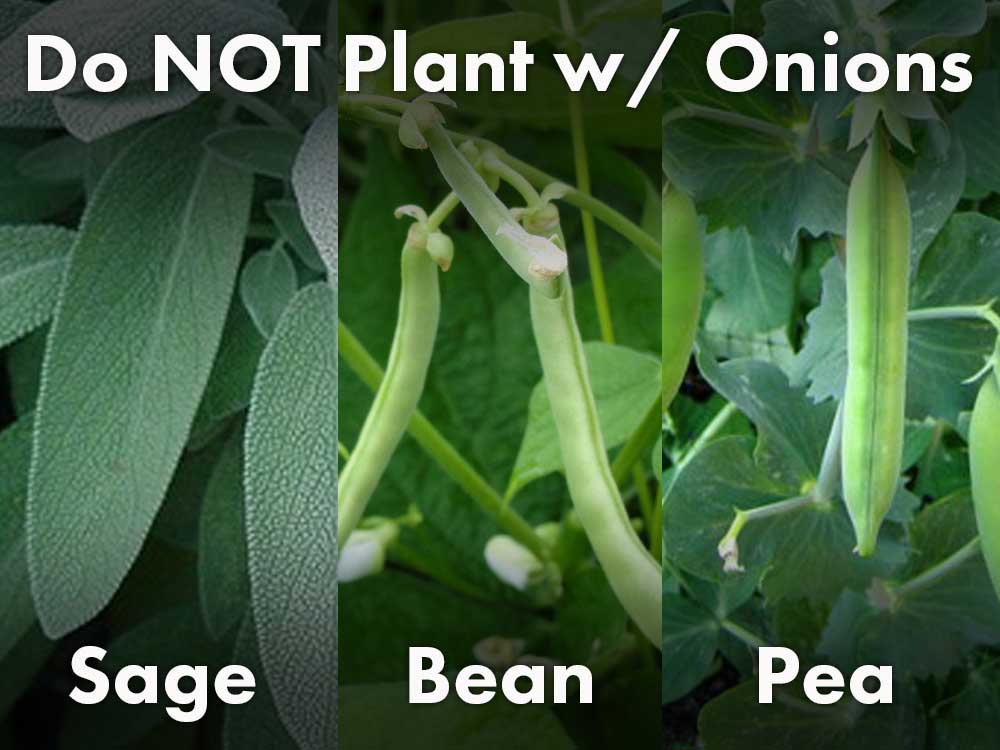
Worst Companions for Egyptian Walking Onions
This is always a challenge because you’ll find information saying don’t plant onions next to brassicas but you’ll also find people saying you can because it deters pests.
However, there’s a consensus amongst everyone that you should avoid beans, peas and sage.
Again avoid planting onions next to:
- Beans.
- Peas.
- Sage.
Harvesting Egyptian Walking Onions
You can harvest them when they’re young, but if you wait until later in the season, you’ll get bigger bulbs.
I mainly eat the greens of the walking onions because the bulbs are generally small and this way they keep coming back year-after-year.
Storing Egyptian Walking Onions
I don’t store them, I leave them outside year round and allow them to grow and produce without additional effort.
My goal is to keep gardening simple so I don’t dig them up.
With that being said, if you live in a place that you need to dig them up onions should be stored in a cool, dark place.
They should stay out of direct sunlight. After being cured, store the onions in a cool, dark room.
Conclusion
Growing Walking Egyptian Onions is an excellent choice for your garden because they grow well in most soil types, deter pests and encourage a healthier garden.
You can plant them anywhere in your yard. A single onion plant can produce several pounds of onions per year.
They’re easy to harvest, and they taste delicious.
